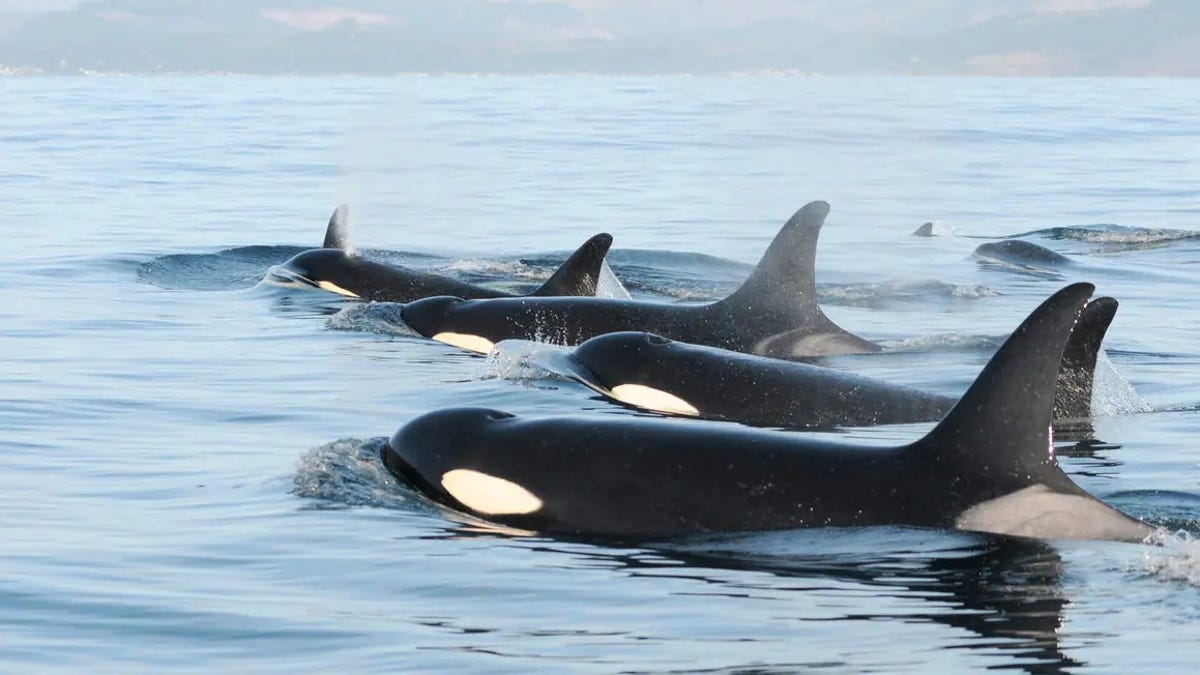Toxic Toilet Paper Chemical Found in Endangered Killer Whales
The chemical is often used in paper processing during the manufacturing of toilet paper.

Killer whales are also known as orcas. The southern resident killer whales, a subset of orcas, are listed as an endangered species in the US and Canada.
Southern resident killer whales are an endangered population of the famous black-and-white marine animals also known as orcas. A new study suggests certain chemical contaminants may be implicated in the orcas' decline.
A team led by researchers at the University of British Columbia published its findings in the journal Environmental Science & Technology in December.
The scientists analyzed tissue from six southern resident killer whales and six Bigg's killer whales stranded along the coast of British Columbia between 2006 and 2018.
"They discovered that chemical pollutants are prevalent in killer whales, with a chemical often found in toilet paper one of the most prevalent in the samples studied, accounting for 46 percent of the total pollutants identified," the university said in a statement last week.
The compound 4-nonylphenol (4NP) is associated with paper processing and is often used in toilet paper production. It's listed as a toxic substance in Canada and can impact the nervous system and cognitive function.
"It can leak into the ocean via sewage treatment plants and industrial runoffs, where it is ingested by smaller organisms and moves up the food chain to reach top predators such as killer whales," the university said.
The study is the first to find 4NP in killer whales. The researchers also found 4NP transfers from mother orcas to their fetuses, raising questions about how the chemical might impact fetal development.
According to the US Environmental Protection Agency, the southern resident population -- found near British Columbia, Washington state and Oregon -- had only 74 individuals as of December 2020. They are listed as an endangered species in both the US and Canada. EPA points to vessel impacts, low availability of salmon and exposure to contaminants as threats to the orcas' survival.
The chemical 4NP is a "contaminant of emerging concern," meaning it's neither well studied nor well regulated. The presence of the chemical in the stranded whales indicates it may have a wider impact on the marine environment and other animals. It could have implications for human health as well, since people eat the same salmon the whales do.
The university said governments could help the endangered whales by halting production of the chemicals found in their bodies and by addressing sources of marine pollution.
"This research is a wake-up call," said Juan José Alava, study co-author. "Southern residents are an endangered population and it could be that contaminants are contributing to their population decline. We can't wait to protect this species."

